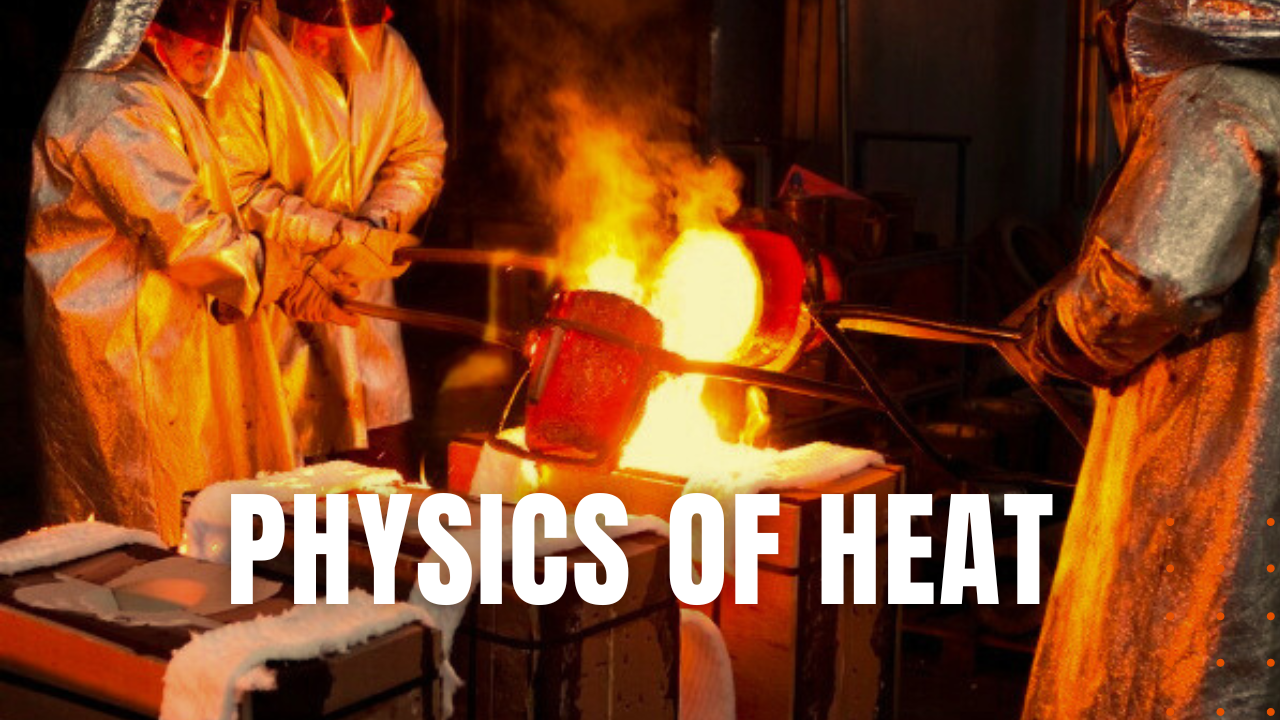Physics of Heat

Heat is a form of energy that transfers between systems or objects of differing temperature, which is quantified in physics by concepts such as temperature and thermal energy, heat transfer and the laws of thermodynamics. Measured in Celsius, Fahrenheit or degrees Kelvin, temperature is a measure of the average kinetic energy of the particles in a substance, while thermal energy measures the intensity of heat in terms of total kinetic energy of all particles within a substance. Heat transfer quantifies how heat flows from regions of higher temperature to lower ones, through three primary mechanisms including conduction—the transfer of heat through a material without the movement of the material itself—convection, which is the transfer of heat by the movement of a liquid or gas, and radiation, which is the transfer of heat through electromagnetic waves.
Thermodynamic Principles
Heat is further governed by three fundamental principles that make up the study of Thermodynamics. The First Law of Thermodynamics states that energy cannot be created or destroyed, but rather transformed or transferred, while the Second Law of Thermodynamics states that in any natural process, the total entropy of a system and its surrounding environment always increases, which explains why heat naturally flows from hot regions to colder ones. The Third law of Thermodynamics states that as a system approaches absolute zero in terms of heat, the entropy of a system also approaches its minimum value, which theoretically is the lowest temperature possible when a given particle possesses the least amount of kinetic energy.
Heat Measurements
Heat can also be measured in terms of specific heat or latent heat, whereby specific heat is the amount of heat energy required to raise the temperature of a unit mass of a substance or object by one degree Celsius, which varies widely from one substance to another. For instance, water has a high specific heat value, since it can absorb a lot of heat without a significant rise in temperature. Latent heat, on the other hand, measures the heat absorbed or released during phase changes like melting or boiling, such as boiling water, which remains at 100 degrees Celsius until it fully converts to steam, making the physics of heat, a fundamental study of energy movement and transformations in the physical world around us.
